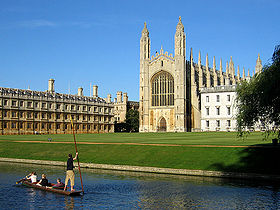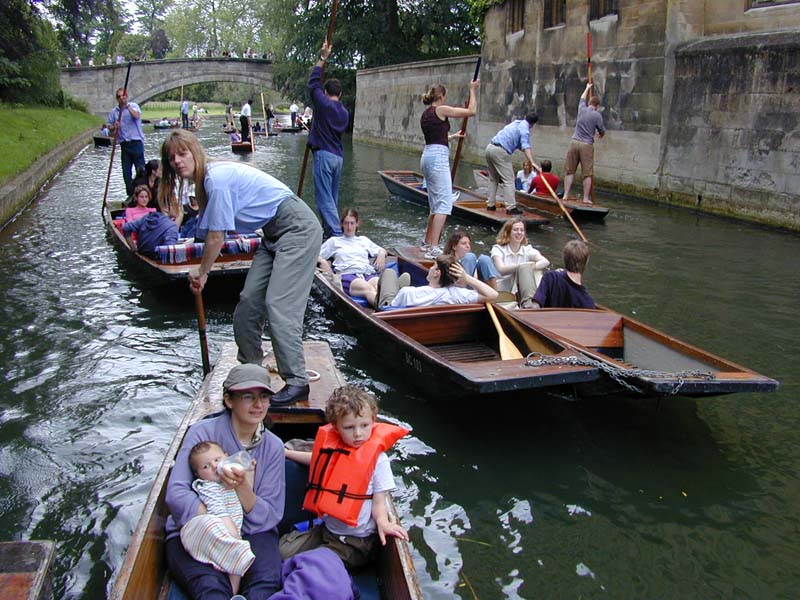 The city of Cambridge is the administrative centre of the county of Cambridgeshire, England. It lies in East Anglia about 50 miles (80 km) north of London. It is the home of the University of Cambridge, founded in 1209 and consistently ranked one of the top five universities in the world.
The city of Cambridge is the administrative centre of the county of Cambridgeshire, England. It lies in East Anglia about 50 miles (80 km) north of London. It is the home of the University of Cambridge, founded in 1209 and consistently ranked one of the top five universities in the world.
The university includes the renowned Cavendish Laboratory, King’s College Chapel and the Cambridge University Library. The skyline is dominated by the last two buildings, along with the chimney of Addenbrooke’s Hospital in the far south of the city and St John’s College Chapel tower.
Archaeological finds have dated settlement in the area as far back as the bronze age and following the Roman invasion of Britain it became an important military settlement known as Duroliponte. A decline in size and importance followed the Roman’s departure until the arrival of the Vikings saw its rebirth as a regional trading centre.

The city’s modern name derives from the name that the Saxons gave the area: Grantabrycge – ‘Bridge over Granta’. Over time the name evolved to become Cambridge, while today’s river Cam was still known as the Granta. The river’s name was subsequently amended to match that of the city. The population of the city increased greatly over the twentieth century as overspill from London relocated there, and during World War II served as an important evacuation centre for Londoners escaping The Blitz.
Today, Cambridge is at the heart of the high-technology centre known as Silicon Fen – a play on Silicon Valley and the fens surrounding the city. According to the United Kingdom Census 2001, the city’s population was 108,863 (including 22,153 students), and the population of the urban area (which includes parts of the neighbouring South Cambridgeshire district) is estimated to be 130,000. It is twinned with two other cities, Heidelberg in Germany and Szeged in Hungary.
Next: Accommodation



